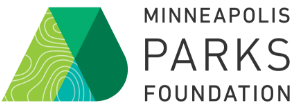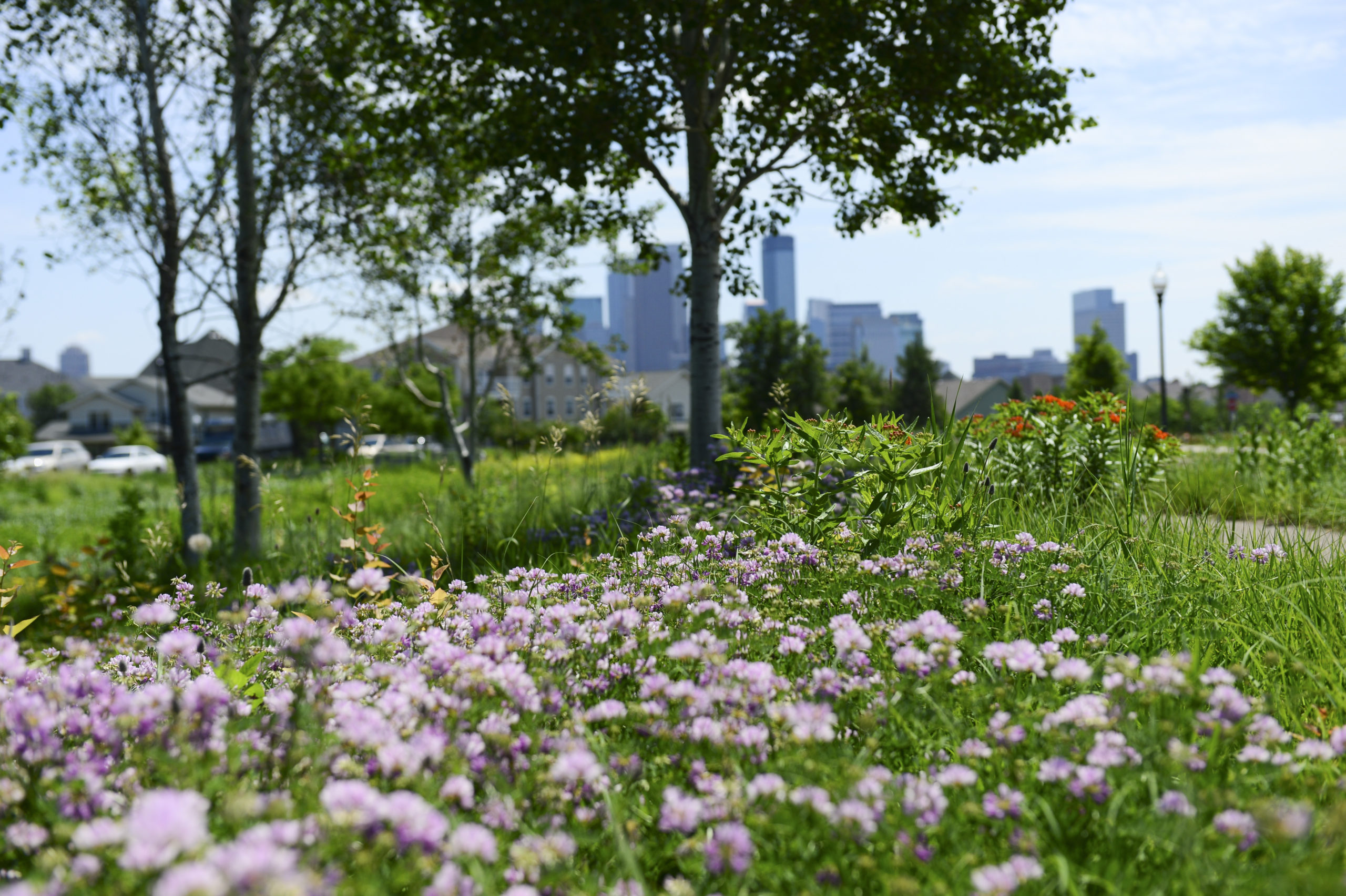As pollinators, bees play a part in every aspect of our ecosystem. They contribute to a complex, interconnected bionetwork that allows a diverse set of species to co-exist. Their role in supporting the growth of trees, flowers, and other plants, cannot be overlooked, and while we may not feel it directly, the food we eat every day is dependent on pollinators such as the honeybee.

This vital species has seen a drastic population decline in recent history, due to a multitude of factors, such as loss of habitat, pesticide overuse, climate change, and disease. The significance of this has sparked research, studies, and innovation from individuals and institutions across the world.
We look forward to welcoming one of these experts, Dr. Marla Spivak, at our upcoming Next Generation of Parks event on February 27, 2020, at 7pm at the Walker Art Center, here’s more info! Dr. Spivak will discuss her globally renowned research into the demise of honeybees, the need to protect this vital species, and efforts to restore populations through pollinator-promoting urban parks and greenspace.

With all the buzz around this event, we wanted to take a look at Minneapolis parks to better understand its role and potential to support pollinator populations. I spoke with MaryLynn Pulscher, Manager for Environmental Education at the Minneapolis Park and Recreation Board, to learn more about pollinator practices within Minneapolis parks. She shared three areas of focus with me that have helped propel our parks towards a more sustainable, pollinator-rich environment.
The following information has been gathered from MaryLynn Pulscher from Minneapolis Park and Recreation Board and the University of Minnesota Bee Lab, as well as additional resources listed at the end of this piece.
1. Projects & Operations
The Minneapolis Park and Recreation Board has continued to develop their park operations to adopt more sustainable land management practices. This includes new projects and updated practices around the use of pesticide products and types of lawn cover including actively incorporating bee lawn mix into park land. One major transformation over the past decade has been a significant decrease in the use of pesticide products in Minneapolis parks. For informal turf areas, MPRB allows dandelions, clover, and other common “weeds” to grow freely. In 2019, only 1.68 gallons of herbicide was used within MPRB’s general parkland, managed natural areas, and formal gardens including planned landscape restoration work. Avoiding herbicide use for cosmetic purposes better supports healthy bee activity and increased growth of pollinator friendly species. Additionally, MPRB is increasing implementation of Bee Lawns, which is a mix of turf-grasses and low-growing forbs selected to provide bee forage.


2. Research & Citizen Science
Ongoing research surrounding the biology, social patterns, and recent demise of pollinating bees over the years has been instrumental to the fulfillment of these projects listed above. The partnership between MPRB and the University of Minnesota Bee Lab has been key to ongoing exploration of bee vitality. Seen below is a summary from a study conducted on the connection between flowering lawns and bee diversity. This study revealed the benefit of flowering lawns for bee diversity and abundance and provided evidence to support the growth of dandelion and clover in parks, while also indicating the advantage of a more diverse plant mix. Studies have also shown overwhelming support of flowering lawns from park-goers, as seen in the infographic below.


3. Education & Outreach
In addition to internal studies and regulations, MPRB and the U of MN Bee Lab have been actively engaging and educating the community on the importance of bee vitality and pollinator friendly practices. This year marks the 10th anniversary of the annual Pollinator Party: A Celebration of Bees, this year on July 30th at Lyndale Park Gardens. The Minneapolis Monarch Festival is on September 12th this year at Minnehaha Regional Park. Bee and habitat programs for youth and adults are provided at North Mississippi Regional Park, Carl W. Kroening Interpretive Center, Eloise Butler Wildflower Garden, JD Rivers’ Children’s Garden, and as part of the citywide Neighborhood Naturalist Program.

The Minneapolis Park and Recreation Board welcomes comments and questions regarding pollinator projects, research, and events within the parks. Please contact Kait Ryan, Horticulture Supervisor at MPRB at kryan@minneapolisparks.org or attend a meeting of the Pesticide Advisory Committee. Dates and times listed here: https://www.minneapolisparks.org/park_care__improvements/parks__pesticides/pesticide-advisory-committee/
Additional Resources:
Flowering Bee Lawns: Toolkit for Land Managers:
https://www.beelab.umn.edu/sites/beelab.umn.edu/files/floweringbeelawntoolkit_ramer.etal_.-_08.13.2019.pdf
Study – Public perceptions about bee lawns in Minneapolis parks: https://www.sciencedirect.com/science/article/pii/S0169204618305978?via%3Dihub
MPRB Ecological System Plan:
https://www.minneapolisparks.org/park_care__improvements/park_projects/current_projects/ecological_system_plan/
Minnesota Bee Atlas bee blocks species guide:
http://apps.extension.umn.edu/environment/citizen-science/bee-atlas/bee-blocks/SpeciesGuide
Information on Bee Lawns from The Bee Lab:
https://www.beelab.umn.edu/learn-more/beelawn
Featured Image: Sumner Park, courtesy of MPRB

